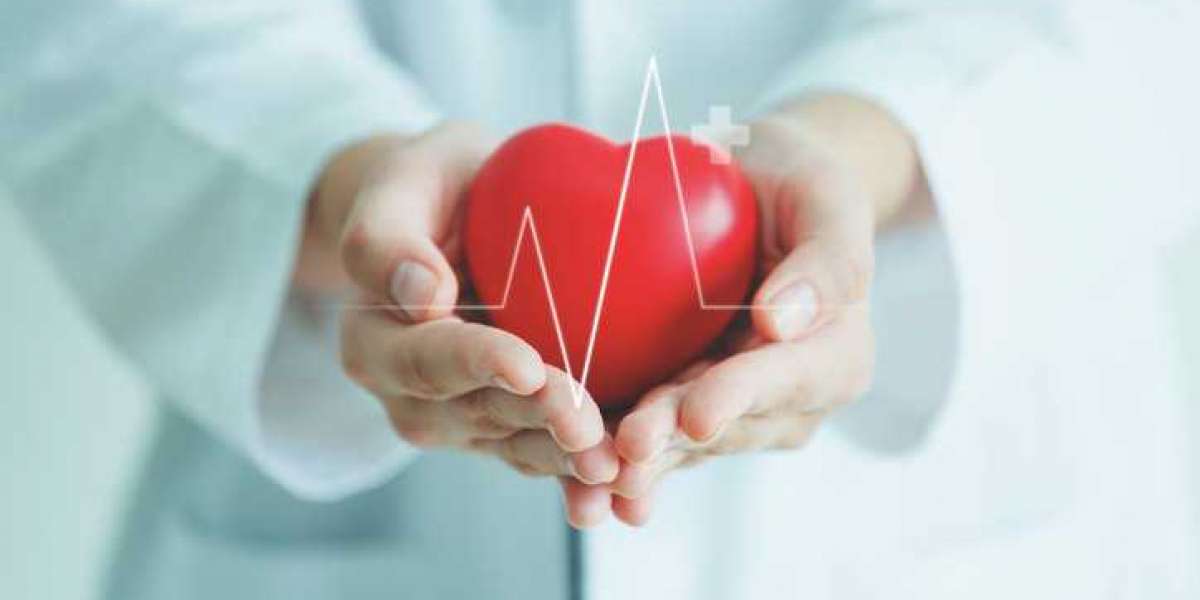When the heart beats too slowly, it can't pump enough oxygen-rich blood to the body. Bradycardia can also prevent the brain and other organs from getting the oxygen they need to work properly. Some people with bradycardia have no symptoms at all, while others experience chest pain, lightheadedness or the feeling that their heart is pounding or skipping a beat (palpitations). Bradycardia can increase your risk of seizures, stroke, or cardiac arrest.
A health care provider can diagnose bradycardia based on a physical exam and tests that measure your heart rate and your heart rhythm. These include an electrocardiogram, or EKG, which measures the electrical signals that control your heartbeat. Depending on the cause of your bradycardia, other tests may be necessary.
Some conditions that slow down your heartbeat can be treated with medications or other medical procedures. For example, if you have hypothyroidism, or low thyroid function, treating that condition often fixes your heart rate problem. If you have a medication that causes bradycardia, your doctor can usually switch you to another drug that doesn't cause it.
Other conditions that can cause bradycardia are less treatable, but a doctor will try to manage your symptoms and the underlying problem. For instance, if you have an irregular heartbeat caused by a problem with your pacemaker, your doctor will work to correct that problem. Other conditions that can lead to bradycardia are harder to treat, such as coronary artery disease and infections of the heart valves or tissues.
Bradycardia Symptoms Treatment
If you have bradycardia but don't have any symptoms, it's unlikely that you'll need treatment. However, if you do have symptoms, it's important to talk with your healthcare provider right away. These symptoms may include chest pain, a feeling that your heart is pounding or skipping beats (palpitations), difficulty breathing or shortness of breath, weakness and fatigue, or fainting.
A health care provider will do a physical exam and ask you about your past health. They will check your pulse and listen to your heart through a stethoscope. These tests will include an electrocardiogram and possibly other tests to check your heartbeat, blood pressure, and the strength of your heart's electrical impulses. In addition, your doctor will want to know about any other health problems or conditions you have and any medicines you take. They will use this information to make a diagnosis and develop a treatment plan. Sometimes, a cardiologist will recommend a procedure called a pacemaker if other treatments don't work or if the cause of your bradycardia isn't known. The pacemaker can help your heart beat more quickly, which helps the body get more oxygen-rich blood to the brain and other organs. This can reduce or eliminate your symptoms and lower your risk for complications. The implantation process is typically quick and easy. It is done under local anesthesia or sedation. The device is implanted under the skin using a small needle. A wire connects the device to a small electrode in your chest or abdomen. This electrode sends a small electric pulse to your heart when needed.








